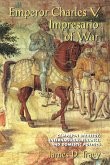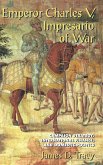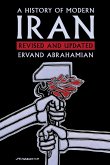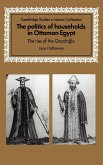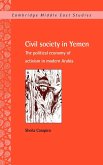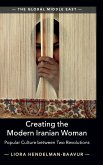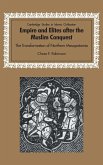Short description/annotation
A complex study of the dual role of the emperor in Byzantium.
Main description
This is a revised and translated edition of Gilbert Dagron's Empereur et prêtre, an acknowledged masterwork by one of the great Byzantine scholars of our time. The figure of the Byzantine emperor, a ruler who sometimes was also designated a priest, has long fascinated the western imagination. This book studies in detail the imperial union of 'two powers', temporal and spiritual, against a wide background of relations between church and state and religious and political spheres. Presenting much unfamiliar material in complex, brilliant style, it is aimed at all historians concerned with royal and ecclesiastical sources of power.
Table of contents:
Introduction; 1. Heredity, legitimacy and succession; 2. Proclamations and coronations; 3. Ceremonial and memory; 4. Constantine the Great: imperial sainthood; 5. Leo III and the iconoclast emperors: Melchizedek or anti-Christ(?)33;; 6. Basil the Macedonian, Leo VI and Constantine VII: ceremonial and religion; 7. The kingship of the patriarchs (eighth to eleventh centuries); 8. The canonists and liturgists (twelfth to fifteenth centuries); 9. 'Caesaropapism' and the theory of the 'two powers'; Epilogue: the house of Judah and the house of Levi.
Hinweis: Dieser Artikel kann nur an eine deutsche Lieferadresse ausgeliefert werden.
A complex study of the dual role of the emperor in Byzantium.
Main description
This is a revised and translated edition of Gilbert Dagron's Empereur et prêtre, an acknowledged masterwork by one of the great Byzantine scholars of our time. The figure of the Byzantine emperor, a ruler who sometimes was also designated a priest, has long fascinated the western imagination. This book studies in detail the imperial union of 'two powers', temporal and spiritual, against a wide background of relations between church and state and religious and political spheres. Presenting much unfamiliar material in complex, brilliant style, it is aimed at all historians concerned with royal and ecclesiastical sources of power.
Table of contents:
Introduction; 1. Heredity, legitimacy and succession; 2. Proclamations and coronations; 3. Ceremonial and memory; 4. Constantine the Great: imperial sainthood; 5. Leo III and the iconoclast emperors: Melchizedek or anti-Christ(?)33;; 6. Basil the Macedonian, Leo VI and Constantine VII: ceremonial and religion; 7. The kingship of the patriarchs (eighth to eleventh centuries); 8. The canonists and liturgists (twelfth to fifteenth centuries); 9. 'Caesaropapism' and the theory of the 'two powers'; Epilogue: the house of Judah and the house of Levi.
Hinweis: Dieser Artikel kann nur an eine deutsche Lieferadresse ausgeliefert werden.


